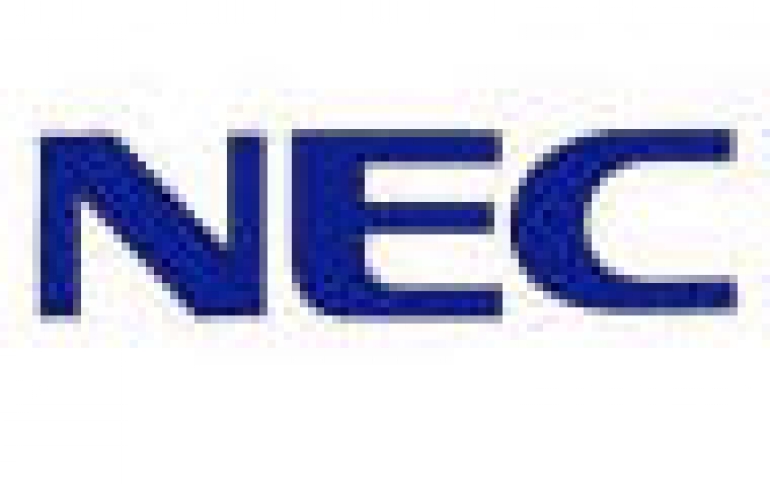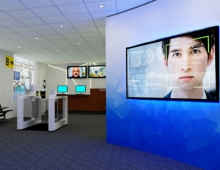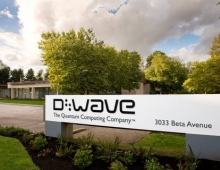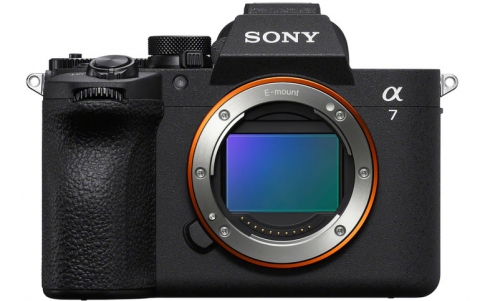
NEC Video Content Identification Technology Detects Illegal Video Copies on the Internet in a Few Seconds
NEC announced today the development of a video content identification technology that detects illegal copies of video content uploaded to the Internet in a matter of seconds.
This technology generates a fingerprint (video signature) to identify video content then compares video signatures to the signatures of original content in order to detect copies or altered versions. Therefore, altered video content, such as caption overlays, camera captured copies and analog copies, can be quickly detected.
Video signatures are extracted for each frame based on differences in the luminance between sets of sub-regions on a frame that are defined by a variety of locations, sizes, and shapes. Video signatures represent a unique fingerprint that can be individually detected frame by frame. This technology is capable of accurately detecting video content with that was created with such editing operations as analog capturing, re-encoding and caption overlay, which was conventionally very difficult to detect.
By estimating confidence of signatures generated from each frame and using the confidence for sequence identification, the technology achieves a high detection rate with a very low false positive rate. These technologies achieved an average detection rate of 96% at a very low false alarm rate of 5ppm (5 in one million) through tests conducted by the international standardization organization.
Due to the high identification capability of signatures, the technology is capable of accurately detecting video scenes as short as 2 seconds (60 frames), which was formerly impossible when using conventional methods.
By designing a compact signature size of 76 bytes per frame, the storage memory required for the matching process is minimized. As a result, a home-class PC can match approximately 1,000 hours of video in 1 second.
The new technology enables content holders and service providers to automatically detect illegal copies and prevent illegal upload of video content on the Internet by registering original video content.
This technology has been approved by the ISO/IEC JTC 1/SC 29 as the MPEG-7 Video signature tool, international standard for video identification.
It will be demonstrated at the 13th Embedded System Expo at Tokyo Bigsite between May 12 and 14.
Video signatures are extracted for each frame based on differences in the luminance between sets of sub-regions on a frame that are defined by a variety of locations, sizes, and shapes. Video signatures represent a unique fingerprint that can be individually detected frame by frame. This technology is capable of accurately detecting video content with that was created with such editing operations as analog capturing, re-encoding and caption overlay, which was conventionally very difficult to detect.
By estimating confidence of signatures generated from each frame and using the confidence for sequence identification, the technology achieves a high detection rate with a very low false positive rate. These technologies achieved an average detection rate of 96% at a very low false alarm rate of 5ppm (5 in one million) through tests conducted by the international standardization organization.
Due to the high identification capability of signatures, the technology is capable of accurately detecting video scenes as short as 2 seconds (60 frames), which was formerly impossible when using conventional methods.
By designing a compact signature size of 76 bytes per frame, the storage memory required for the matching process is minimized. As a result, a home-class PC can match approximately 1,000 hours of video in 1 second.
The new technology enables content holders and service providers to automatically detect illegal copies and prevent illegal upload of video content on the Internet by registering original video content.
This technology has been approved by the ISO/IEC JTC 1/SC 29 as the MPEG-7 Video signature tool, international standard for video identification.
It will be demonstrated at the 13th Embedded System Expo at Tokyo Bigsite between May 12 and 14.





















